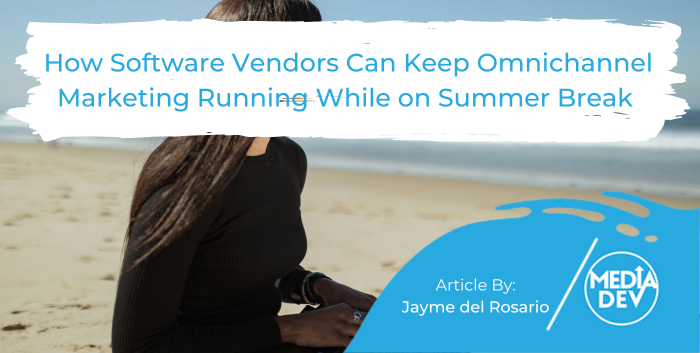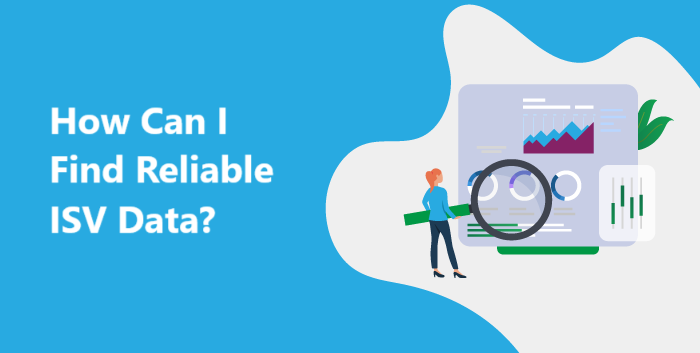The marketing world is not short on buzz words, acronyms, and short-lived trends. But the latest one, “agile marketing,” is not a passing fad. Not only does agile marketing make the most sense for software vendors (who are likely to use the agile concept in their product development) it is also much more effective than big bang marketing strategies of days past that were defined by monster-sized budgets, and yet often yielded limited results at best.
What is Agile Marketing?
Agile marketing takes the methods of “The Lean Start-up” and applies it to marketing. It is the process of establishing and testing a series of focused projects over a set amount of time. Feedback is then gathered using pre-determined performance metrics to measure the efficiency of the program that was run. Agile marketing means developing small strategies that are tested on a specific target audience, and building on the feedback you get until you reach an outcome you are happy with. For example, you can test your key marketing messages within an email marketing campaign using a particular call-to-action and track the reactivity rate. You can use A/B testing to benchmark one idea or message over another to see which performs better. In fact with agile marketing, you are constantly testing and tweaking.
Agile marketing can be applied to a multitude of marketing projects including ad campaigns, landing page testing, cold calling or social media marketing. Campaigns are divided into various tasks in the planning phase and after those tasks are carried out, the team reviews so as to improve the next “sprint” based on lessons learned throughout the process.
Why do I need agile marketing?
Agile marketing offers many benefits to companies including the ability to quickly adapt to changes in the market, and maximizing marketing budgets for improved ROI. It also allows for niche marketing which isn’t possible with traditional broad marketing methods that target a wide range of demographics. Agile marketing is also compatible with holistic marketing strategies as it can be applied to a multitude of tasks across channels both on and offline.
In order to illustrate my point about why big-bang campaigns are outdated and how agile marketing works better, I’ll use a true life story as an example. We were once approached by a client who (without consulting with us prior) decided to purchase data (from several sources including some not-so-trustworthy data brokers) on 500,000 contacts across the globe (yes this was before GDPR!). They decided they were going to do a massive emailing campaign targeting the entire list which included a multitude of different job titles ranging from Finance Manager to IT Security Officer to Head of Sales to Supply Chain and Logistics Director. In essence, they wanted to spam the entire world with a one-size-fits-all message in the hopes that by casting the largest net possible, they would catch a few thousand fish.
We adamantly tried to dissuade this client from taking that approach. Not only did we advise against purchasing data from a data broker for obvious issues of low data quality and privacy compliance, but we were also highly skeptical that this extremely high-budget project would yield any positive results.
They went ahead with the campaign regardless and the result was a disaster. Not only did they spend what we estimate was upwards of 1 million euros from start to finish between the data purchase and the email distribution, but we heard through the grapevine that it did not end in one closed sales deal. On top of that, the woman responsible for the initiative was fired, and the internal sales teams were left empty-handed.
Had they decided to use agile marketing instead, we could have started off by profiling data sets on one specific audience (technical or functional line of business decision-makers) with messaging and content geared for that particular target; we could have leveraged case studies for vertical activity sectors, creating a highly-tailored email message with a call-to-action of driving them to visit an optimized landing page. We could have obtained explicit oral opt-ins via phone outreach prior to sending the email message, making their data collection process GDPR compliant and at the same time, guaranteeing a higher open and click rate. We could have then come back after testing and gathering feedback from that campaign to tweak for the next…
Marketers are constantly learning as they go and the agile method allows for creativity in a controlled environment so as to maximize results. By applying agile to your content marketing strategy, your ABM outreach, or your inbound marketing plan, you should be able to continually improve your KPIs over time.








